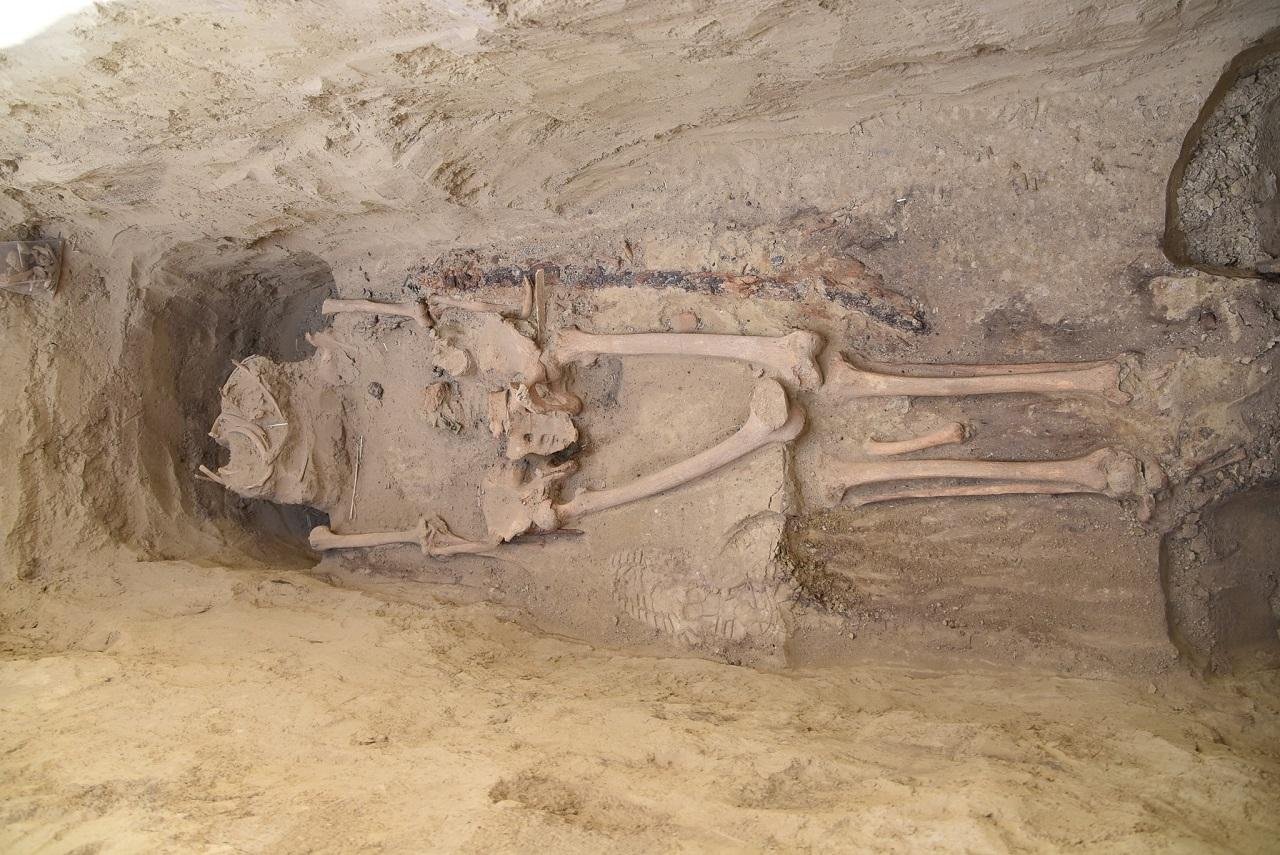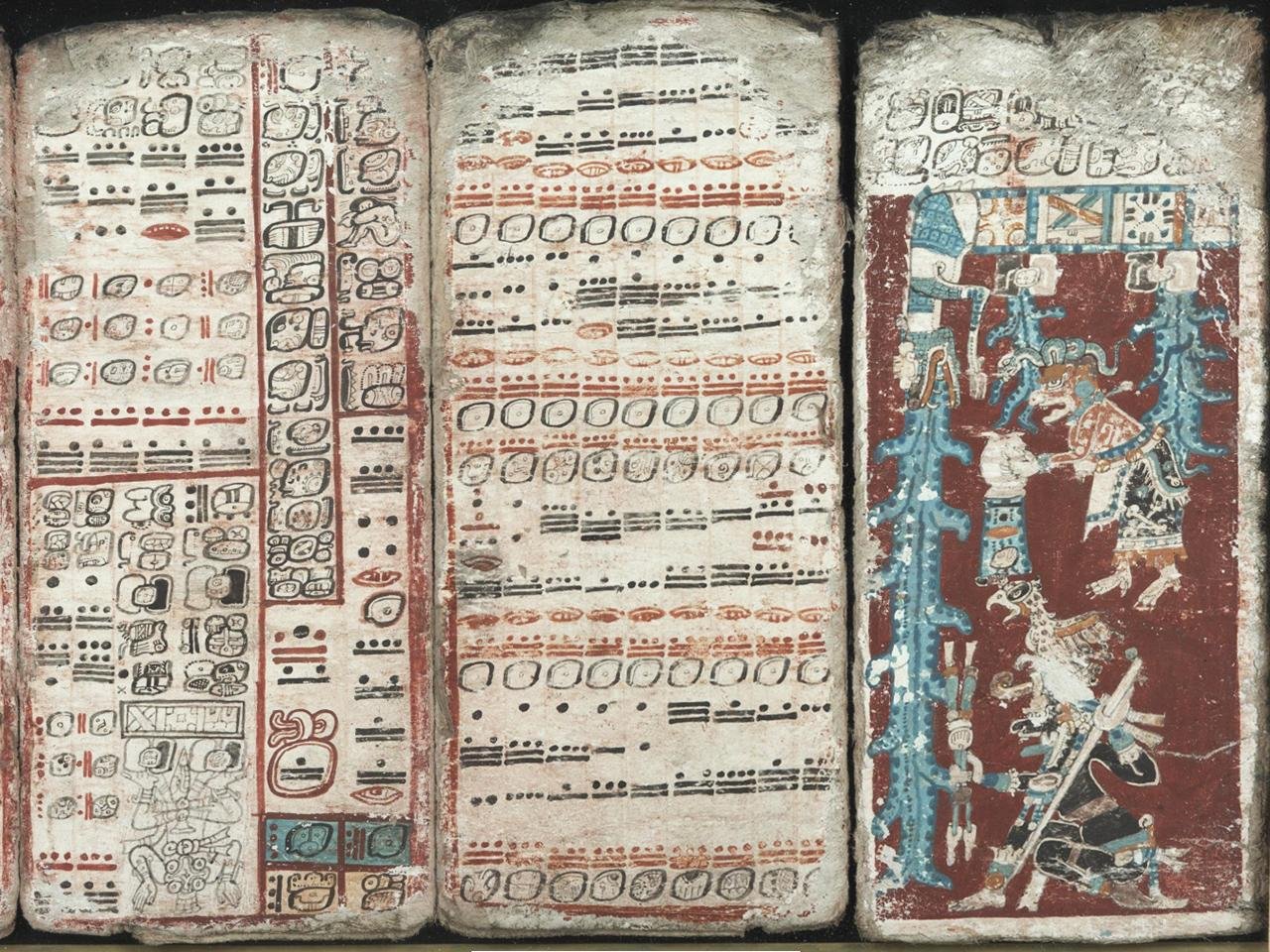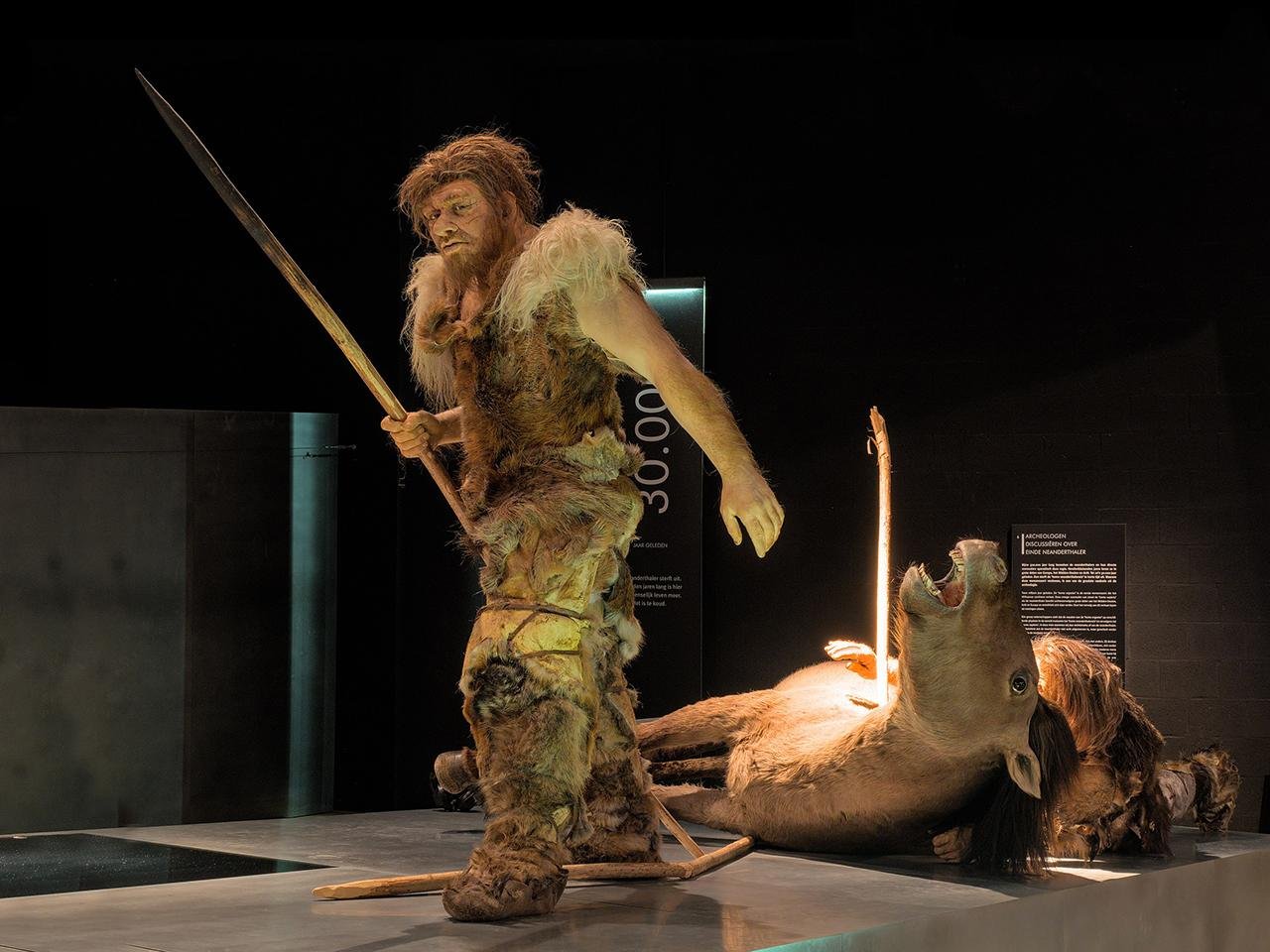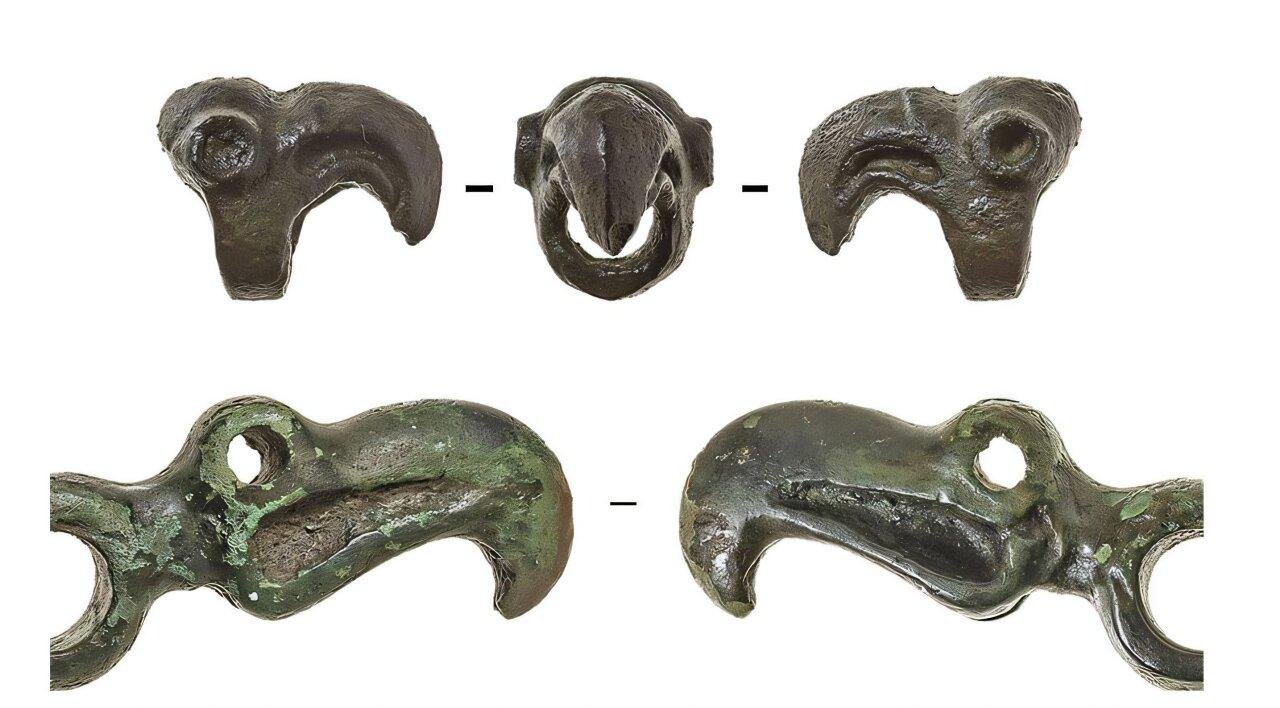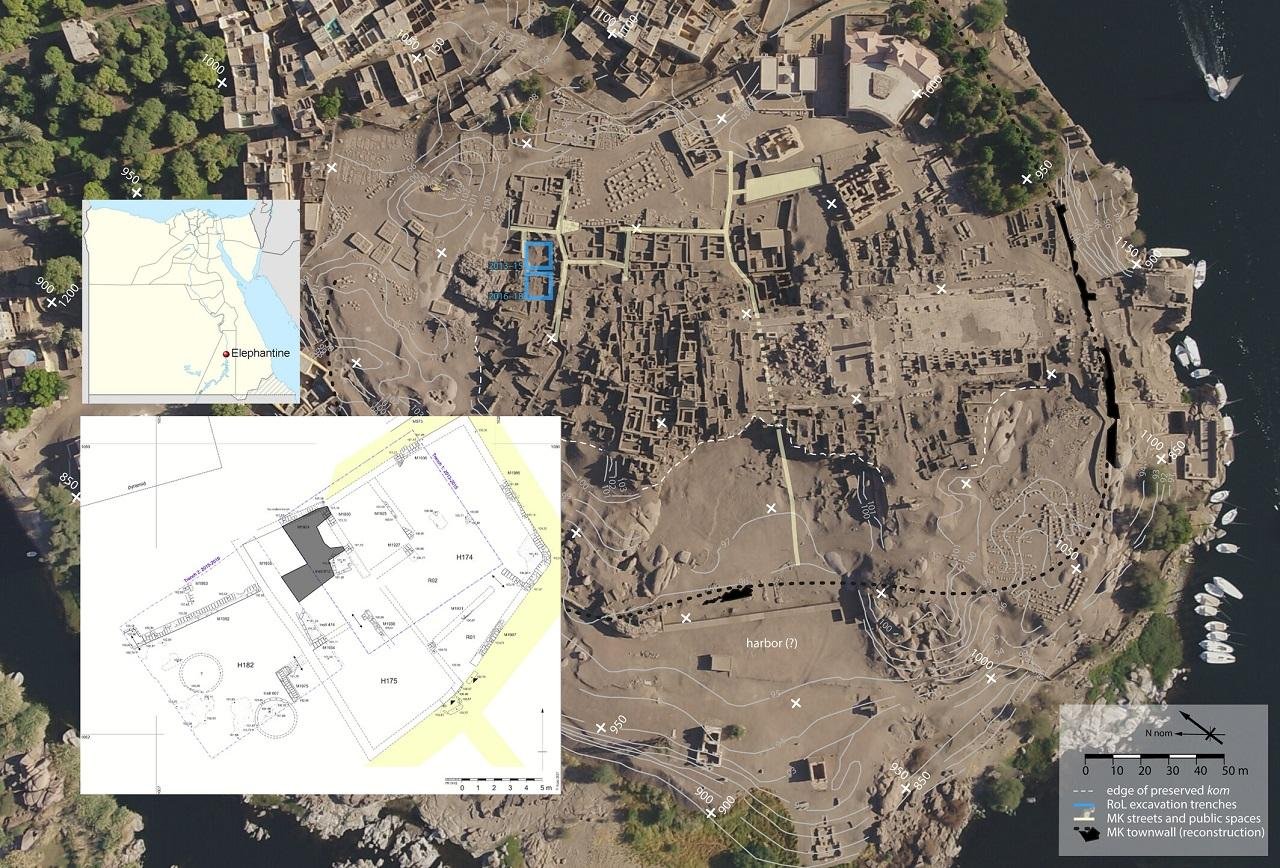A team from Sultan Qaboos University in Oman, in collaboration with experts from Sorbonne University, has unearthed a remarkable children’s funerary building dating back to the Iron Age at the ‘Manaqi’ site in the Wilayat of Rustaq, South Al Batinah Governorate.
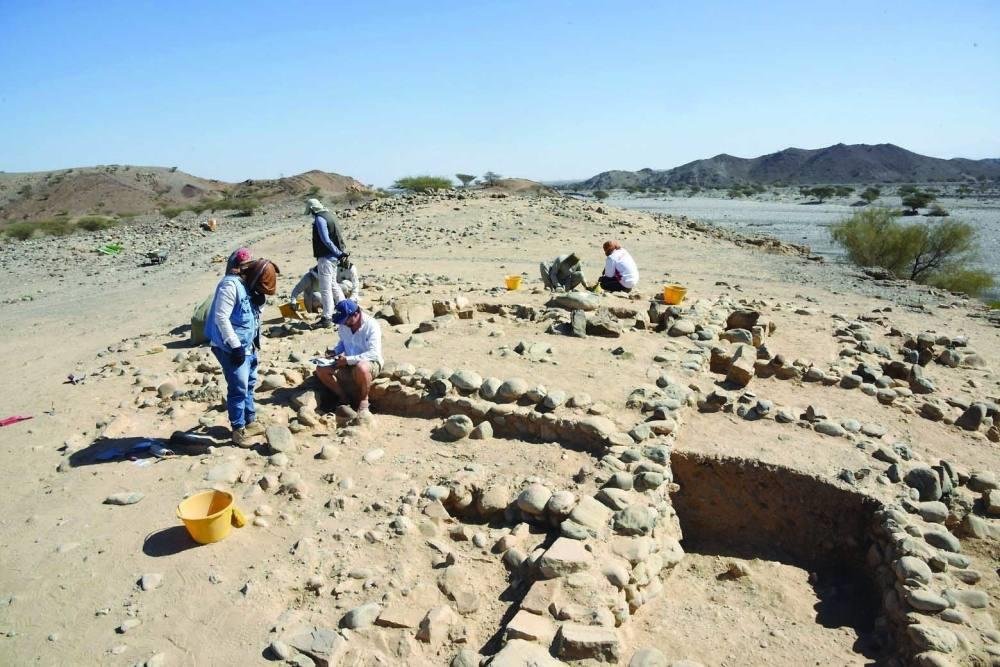 Credit: Oman News Agency
Credit: Oman News Agency
This find, which dates back approximately three thousand years, represents a significant departure from previous understanding of funerary practices in the region.
The excavation, conducted by the Department of Antiquities and overseen by the Ministry of Heritage and Tourism, concluded its first season in February. The joint effort aims to shed light on the cultural and historical significance of the region’s past.
The ‘Manaqi’ site, one of the largest Iron Age settlements in the area, has yielded a wealth of discoveries, including numerous residential structures, scattered tombs, and defensive towers, suggesting its central role in the region during the first millennium BCE.
Among the findings, one particular structure, designated as Building S2 due to its distinctive T-shaped architectural plan, stood out. Inside and around this building, over thirty graves of children, including newborns, were uncovered.
This unique feature challenges previously held ᴀssumptions about burial practices during the Iron Age, prompting questions about the cultural and religious beliefs that led to the construction of a separate funerary building for children.
Dr. Mohammad Abdul Hamid Hussein, head of the research team and Department of Archaeology at Sultan Qaboos University, stated: “This discovery opens new horizons for research and study about funerary rituals and religious beliefs in the Iron Age in the Omani Peninsula, and focuses on an important and unknown part of the history of this region, and deepens our understanding of the cultural and social traditions of the societies that lived in that period.”
Further excavations within the building revealed additional artifacts, including jars with basket-shaped handles and a rare piece of pottery bearing a seal print depicting two men and decorative elements. These findings, according to Dr. Hussein, are the first of their kind to be discovered in the Omani Peninsula, highlighting the significance of the ‘Manaqi’ site.
The discovery of the children’s funerary building represents a significant milestone in archaeological research in Oman.
